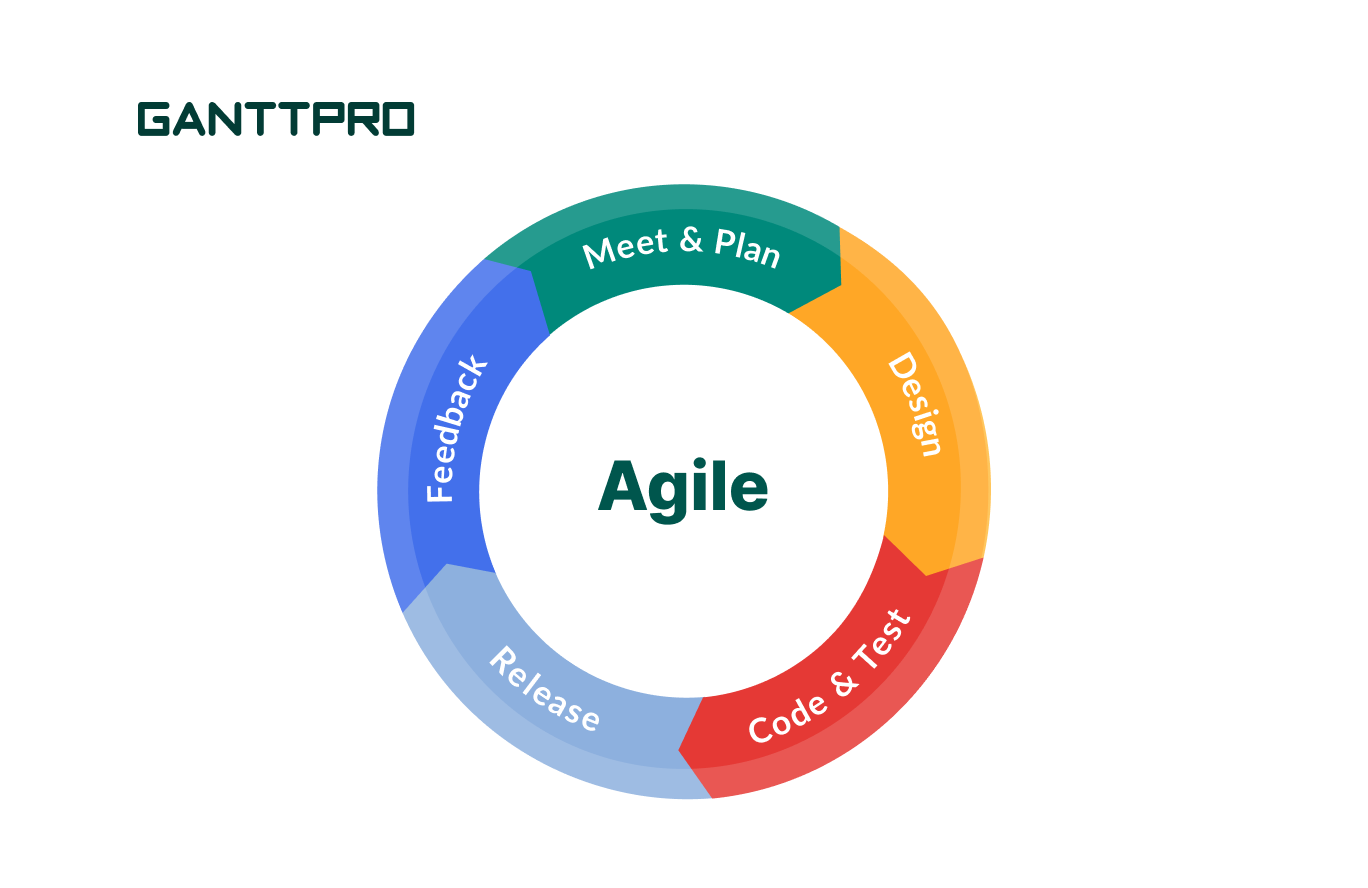We'll dive deeper into the benefits and best practices for implementing Agile project management in your organization.
First, let's take a look at an example of how Agile can improve project outcomes. Imagine a software development project where the customer wants a new feature added to an existing product. In a traditional, Waterfall approach, the entire project would be completed before the customer would see any working software. However, with Agile, the development team would work in sprints, delivering working software to the customer every two weeks. This allows for early feedback and iteration, which leads to a better final product that meets the customer's needs.
Next, let's talk about how to adopt an Agile mindset. This means embracing the values and principles of Agile, such as valuing individuals and interactions over processes and tools. It also means promoting a culture of collaboration and continuous improvement. This can be achieved by creating cross-functional teams, holding regular meetings, and prioritizing customer feedback.
Another key aspect of Agile project management is the use of specific tools and methodologies. One of the most popular is Scrum, which is a framework for managing complex projects. Scrum includes roles such as the Scrum Master and Product Owner, as well as ceremonies such as sprint planning, daily stand-ups, and retrospectives. Another popular methodology is Kanban, which is a visual tool for managing and prioritizing work.
It's important to note that implementing Agile project management is not a quick and easy process. It may require a change in culture and mindset and it may take some time for an organization to fully adopt and benefit from the methodology. However, with the right approach, Agile can lead to improved project outcomes and increased productivity.
As always, it's important to remember that Agile project management is not a one-size-fits-all solution, and it may not be suitable for all types of projects or organizations. It's important to assess the specific needs of your project and organization before implementing Agile.
If you still need more and cannot wait? Take alook at this link for a guide: Agile Project Management: A Comprehensive Guide


0 Comments